Well you can at Second Life, the internet's rapidly emerging interactive virtual world.
There is, however, a small catch. Your smart new car exists only in this imaginary world and you cannot drive it home and park it in your driveway.
Despite this, virtual cars in Second Life are emerging as a marketing tool. With more than five million Second Life users worldwide, Nissan, General Motors and Toyota have jumped on board.
Mercedes-Benz has just joined and other carmakers are looking at their options. All are aiming to develop a car culture on the site through advertising and ultimately as a potential sales avenue.
GM-Holden director of marketing John Elsworth says although Second Life is removed from the Australian experience, it cannot be dismissed.
But the man behind the controversial $5million “Holden-burg” airship has trouble imagining how it would work from an advertising perspective. “Personally I don't understand it,” Elsworth says. “I don't understand why you'd spend money on something that doesn't exist. I'm just not sure if that type of thing would take off here in Australia. But never say never.”
Despite reservations, Elsworth believes Second Life is worth monitoring.
“More and more of car marketing budgets are allocated to things on the web and also other things that stand out,” he says.
While Australians are well-known as early adopters of technology, Elsworth says any new advertising venture, such as the airship, needs to deliver results.
“We tracked the airship response and we gauge the response of our key customers,” he says. “So far it has been good.”
As with other car company executives, Elsworth sees the web as a growing sales channel for car companies.
“It's not just kids, either. More and more elderly people are getting online,” he says. “It's where people create their real new-car shopping lists.”
Mercedes-Benz Australia spokesman Peter Fadeyev says the Second Life domain offers Mercedes customers a chance to interact with the brand and its product.
“Reflective of the Mercedes-Benz brand and its pioneering history, the Second Life platform allows us to set new standards in content and interactivity in this virtual world,” he says.
General Motors has taken the unusual step of launching its Pontiac Solstice, a Mazda MX5-sized sports car, simultaneously on Second Life and in the real world.
In Second Life, a “virtual” Solstice costs less than $1.50 and can be bought from Pontiac's Motorati Island.
Users can order a Solstice in any colour. It is a high-resolution representation of the real thing and can be used in the virtual world.
Australia is ranked 10th globally among top users. The US, France and Germany take up the top three spots. Linden Lab spokesman Alex Yenni says 2 per cent of registered users — about 800,000 — are Australians.
With more than 6.6 million Aussies online (Australian Bureau of Statistics figures) any virtual world presents opportunity.
“Typically, these brands (car companies and such) are contracting with third-party developers who can help them establish a presence,” Yenni says.
“The only interaction with Linden Lab would be a nominal payment for the virtual land on which the presence is hosted.”
As well as the Pontiac Solstice, Scion actively pushes its Corolla-sized xB and xD hatches and Mercedes-Benz has opened a virtual showroom and in future will have a virtual test track. Nissan has a test track where people can drive its 2.0-litre Sentra, similar in size to the Nissan Tiida sold here. So far Nissan has given out more than 2500 virtual Sentras to Second Life users.
Scion allows its cars to be fully customised by owners and some add special wheels and tyres. Users can visit Scion City and buy a Scion for about 300 Linden dollars, or $1.23.
Scion interactive marketing manager Adrian Si says the brand's experience in the virtual world has been a huge success.
“As a car company targeting the Gen Y trendsetter who spends a lot of time online and within various community sites, Second Life seems a perfect fit,” he says.
“Scion can interact with them in an environment in which they are very comfortable. And we're providing them with something that benefits them that they can personalise. Right now, Scion is just looking to give residents a good experience with the brand — either from learning about the vehicles, taking a test drive, or participating in some of the Scion City events.”
Scion has sold 500 virtual cars since it launched in November. Si says other carmakers can also capitalise on the virtual world. “Virtual communities like MySpace, Tagged and Facebook are becoming more numerous,” he says. “Second Life is the next generation of virtual communities that allows you to not only interact and share with others, but also sell and advertise.
“There's plenty of opportunity for other businesses, not just the auto industry.”
Si says Second Life could prove to be a good platform for local carmakers.
“If companies in the Australian auto industry think their consumers or target customers are on Second Life, it would make sense for them to think about being in the virtual world,” he says.







.jpg)


.jpg)
.jpg)

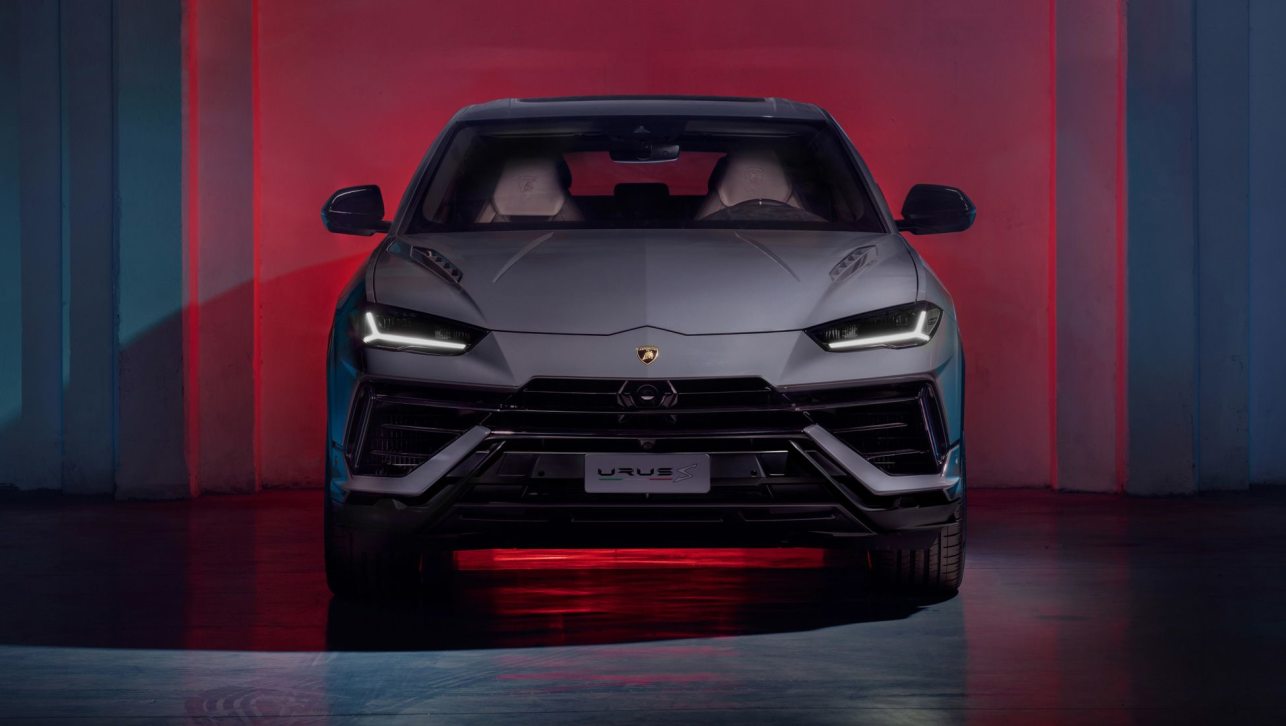
.jpg)
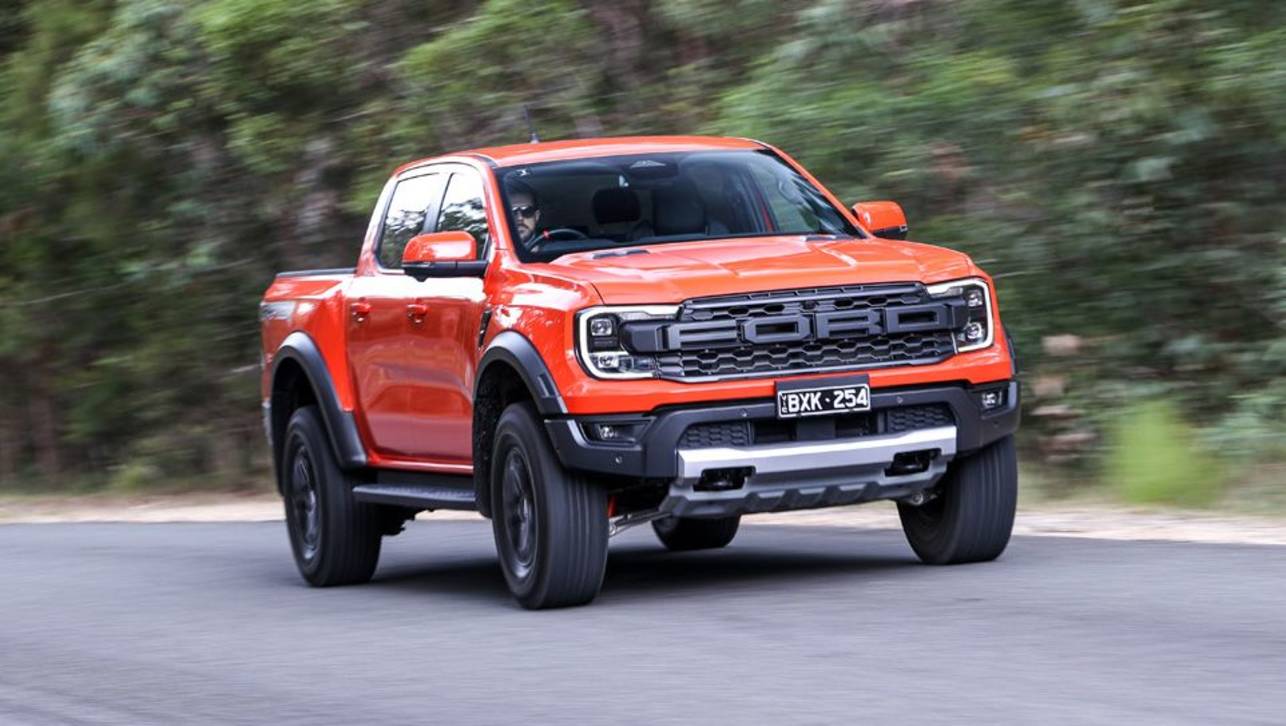
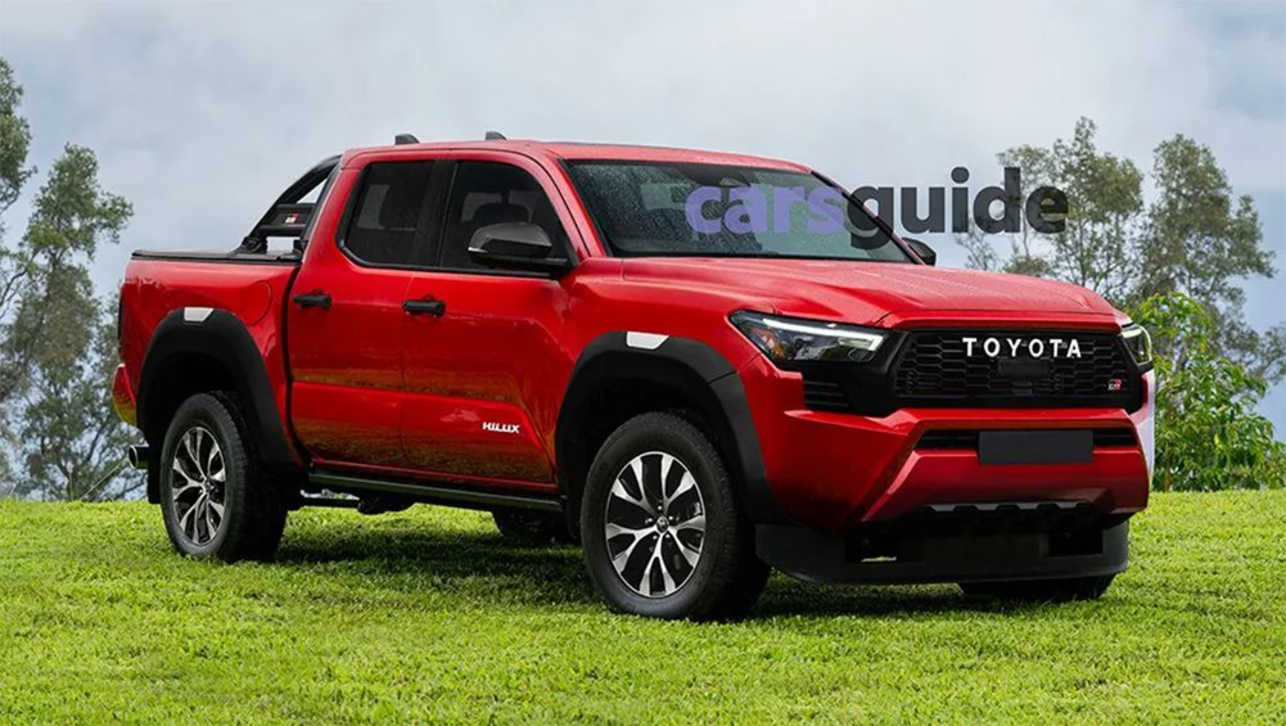


.jpg)

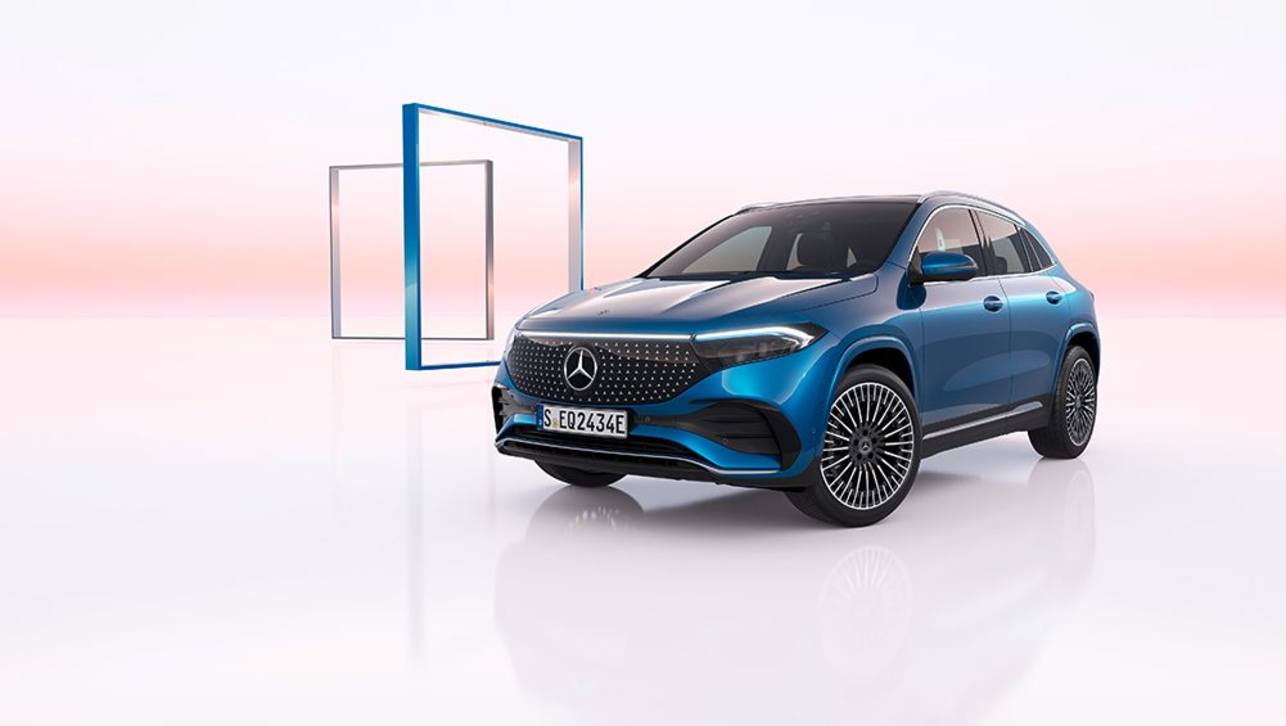
.jpg)
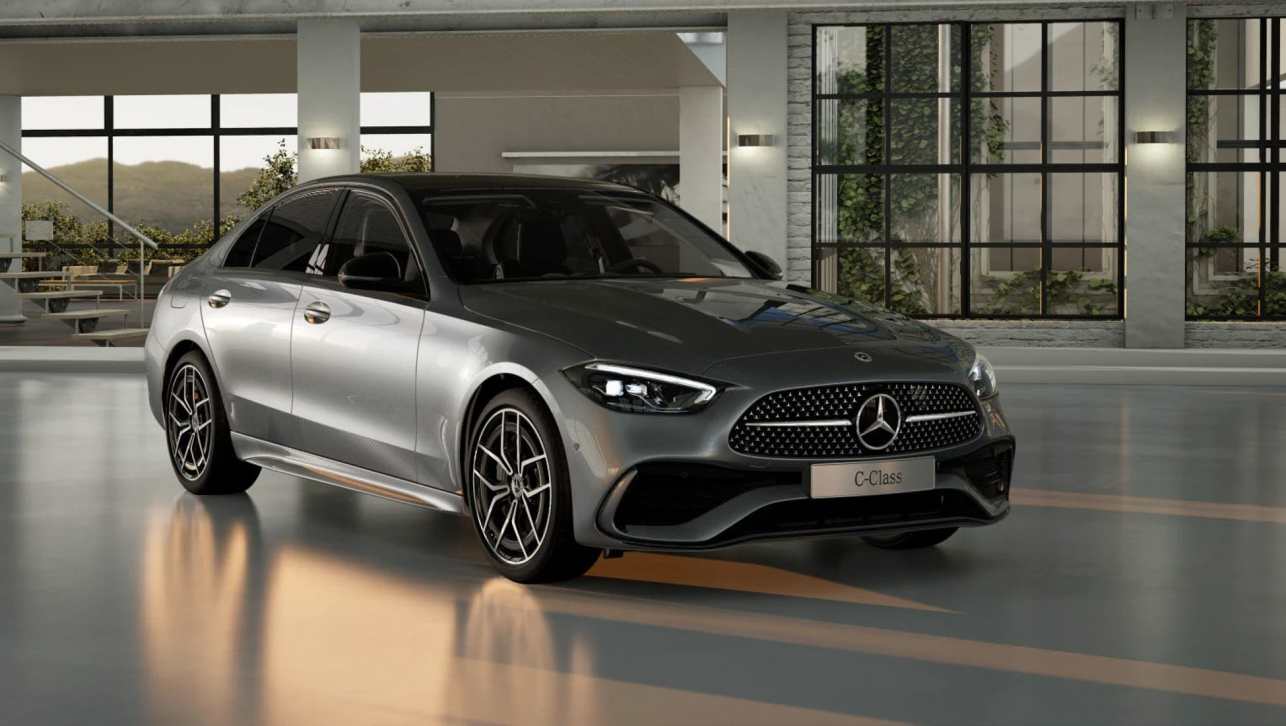
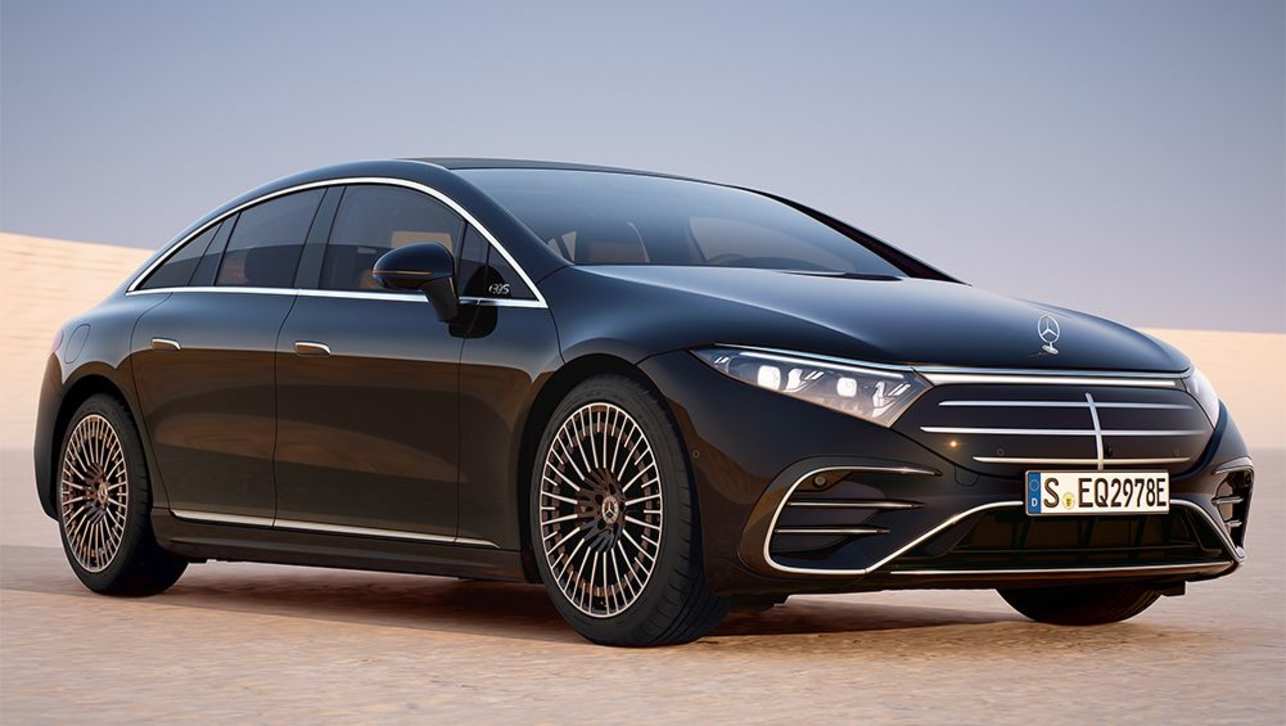
.jpg)




Comments